
Exoplanet Travel Bureau, the tool with which to explore space without leaving the sofa
Houston, we have news! NASA has launched the tool ** Exoplanet Travel Bureau ,** an interactive website that allows us to undertake a virtual tour of six exoplanets.
Exo... what? A exoplanet or extrasolar planet It is one that orbits around a star other than the Sun and therefore does not belong to the Solar System.
Most exoplanets share material characteristics with planets orbiting the sun. Some are gaseous like Saturn and Jupiter, while others are rocky like the Earth and Mars.
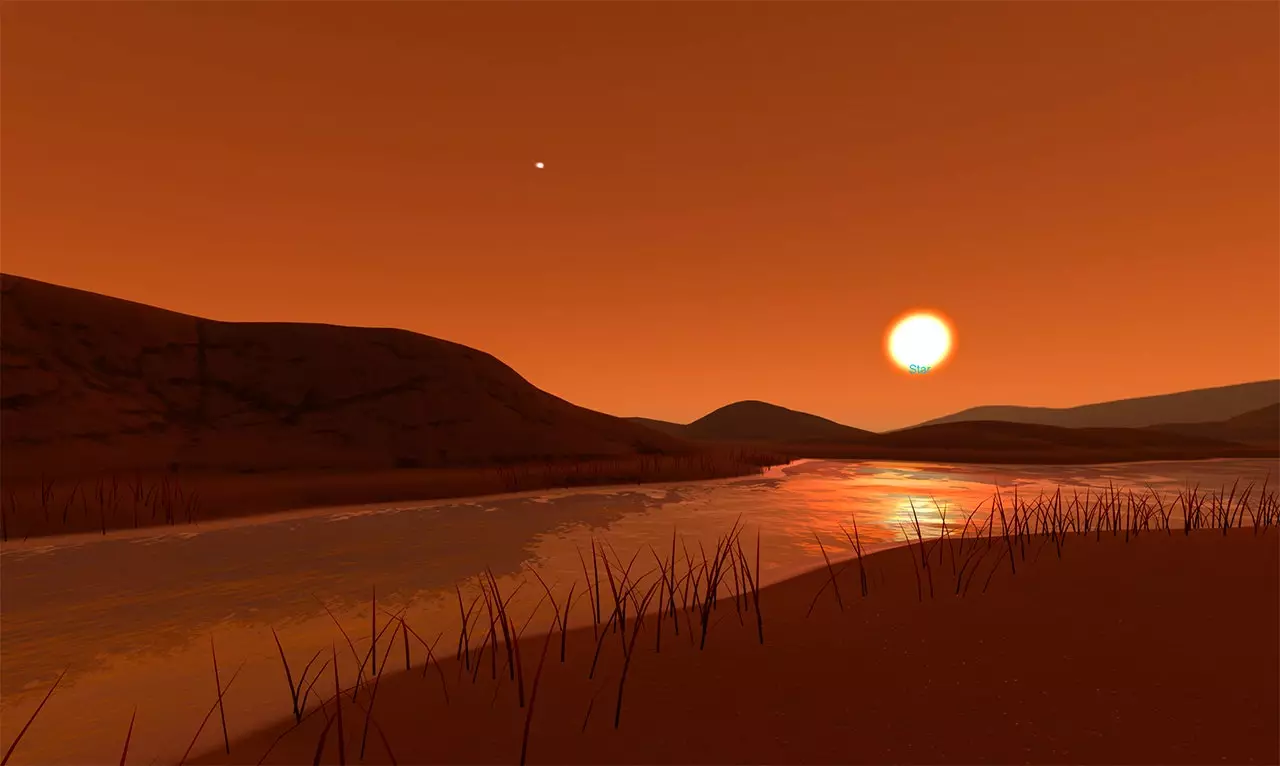
View of the planet Kepler-186f
In 1995 the existence of an exoplanet was confirmed for the first time and since then, the number of exoplanets discovered has not stopped increasing.
A recent statistical estimate places, on average, at least one planet around every star in the galaxy, which means that there are approximately a trillion planets in our galaxy alone, many of them the size of Earth." Right now we know, for the first time, that small planets are very common," says Sara Seager, Professor at the Massachusetts Institute of Technology and a pioneer in exoplanet research. {#resultbox} "That's phenomenal. We had no way of knowing that before Kepler," she concludes.
NASA's relentless search for habitable planets and life beyond our Solar System led to the development of the Exoplanet Exploration Program, whose mission is to draw up a strategy for their investigation.
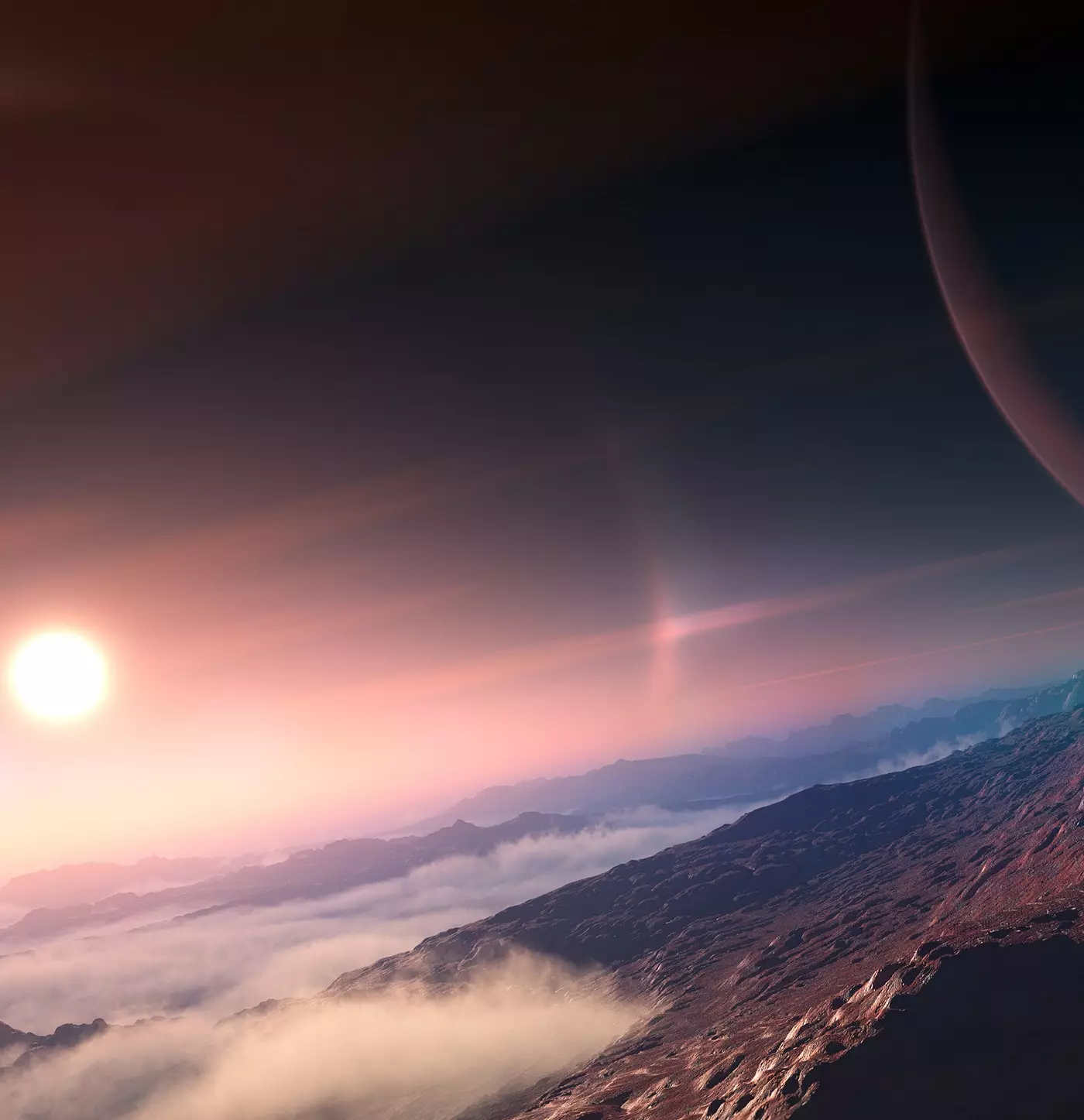
Exoplanets are those that orbit outside the Solar System.
Through the Exoplanet Travel Bureau, the visitor can explore inhospitable and alien places with 360 degree interactive visualizations.
However, the website warns that these images are an artistic impression based on limited data and that there are no actual photographs of these planets.
Among the six destinations to discover is Kepler-16b, the first exoplanet discovered orbiting a two-star system. As is the case in tatooine in Star Wars, the two 'suns' are seen above the horizon at the same time.
Are you a night owl by nature? Then your perfect vacation awaits you at PSO J318.5-22, "where the night never ends". {#resultbox}
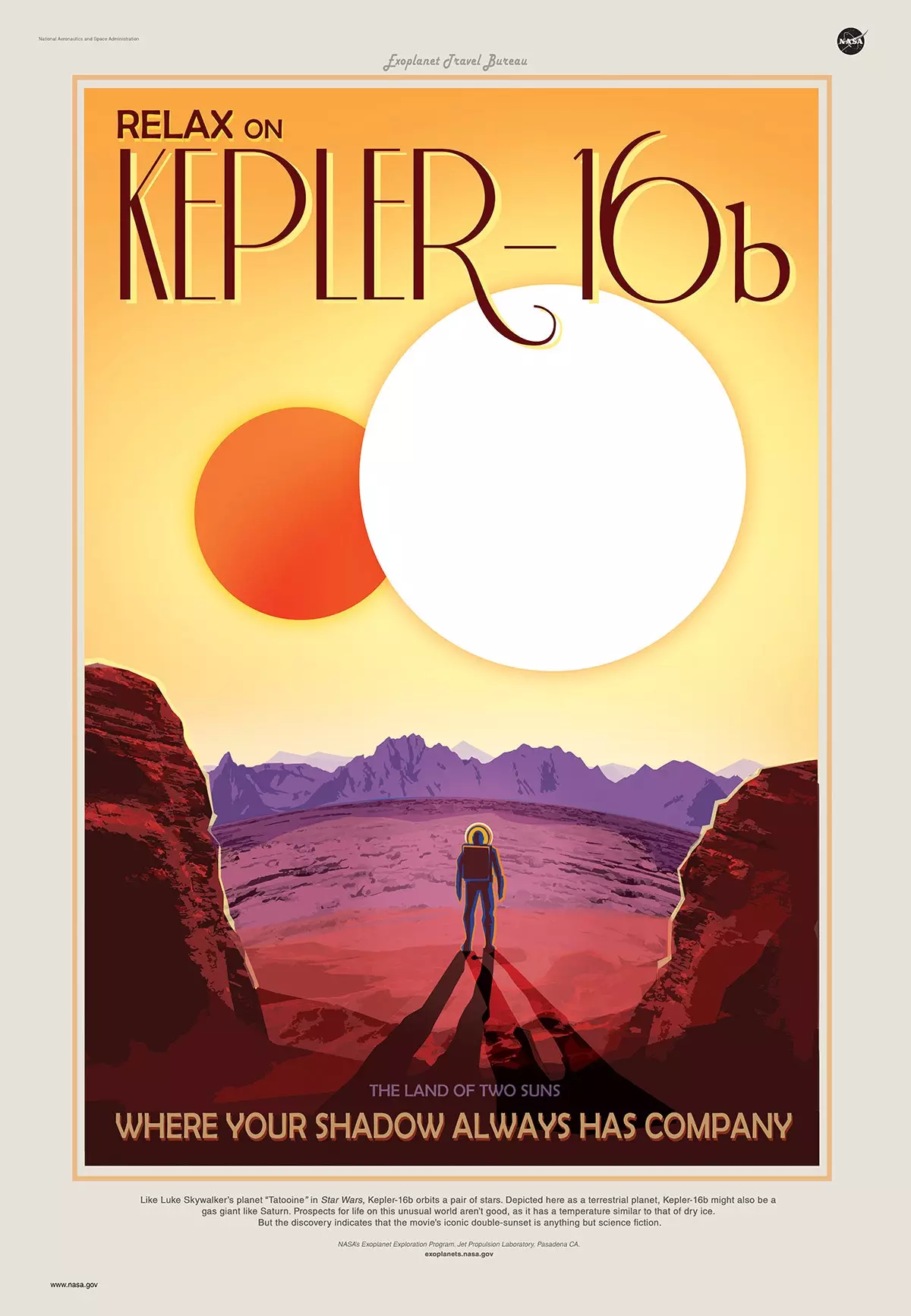
Kepler-16b, the first exoplanet discovered orbiting a binary system
You can also snoop around Kepler-186f, where "the grass is always redder on the other side". This is how the poster that we found on the web says, as a tourist poster.
It is a humorous explanation that comes to say that on this planet there could be conditions suitable for life.
"Because Kepler-186f and most of the planets discovered by Kepler are so distant, we currently it is impossible to detect their atmospheres, if they exist at all, or to characterize their atmospheric properties," says Martin Still, Transiting Exoplanet Survey Satellite (TESS) program scientist.
"Consequently, we have n limited knowledge of what these distant worlds are really like, but these surface visualizations allow us to imagine some of the possibilities," explains Still. {#resultbox}
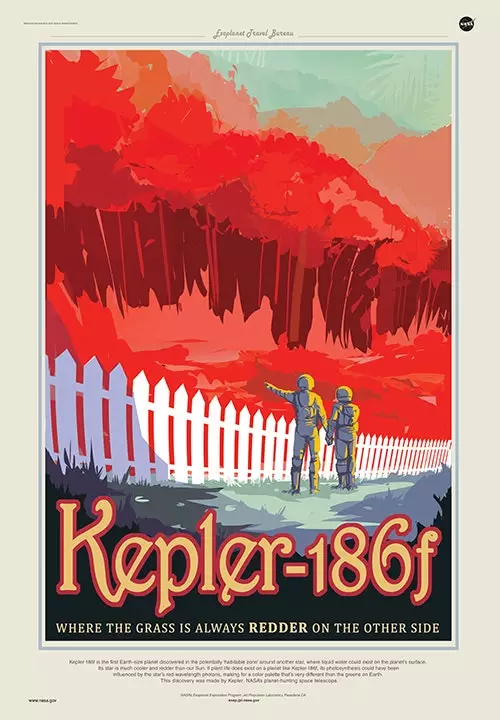
Kepler-186f, where the grass is always redder on the other side
Also, You can download your favorite poster as a screensaver or to print! Right now, you can explore three of the exoplanets and download posters for all six.
If you've always dreamed of going to infinity and beyond, click **here** and let the adventure begin!
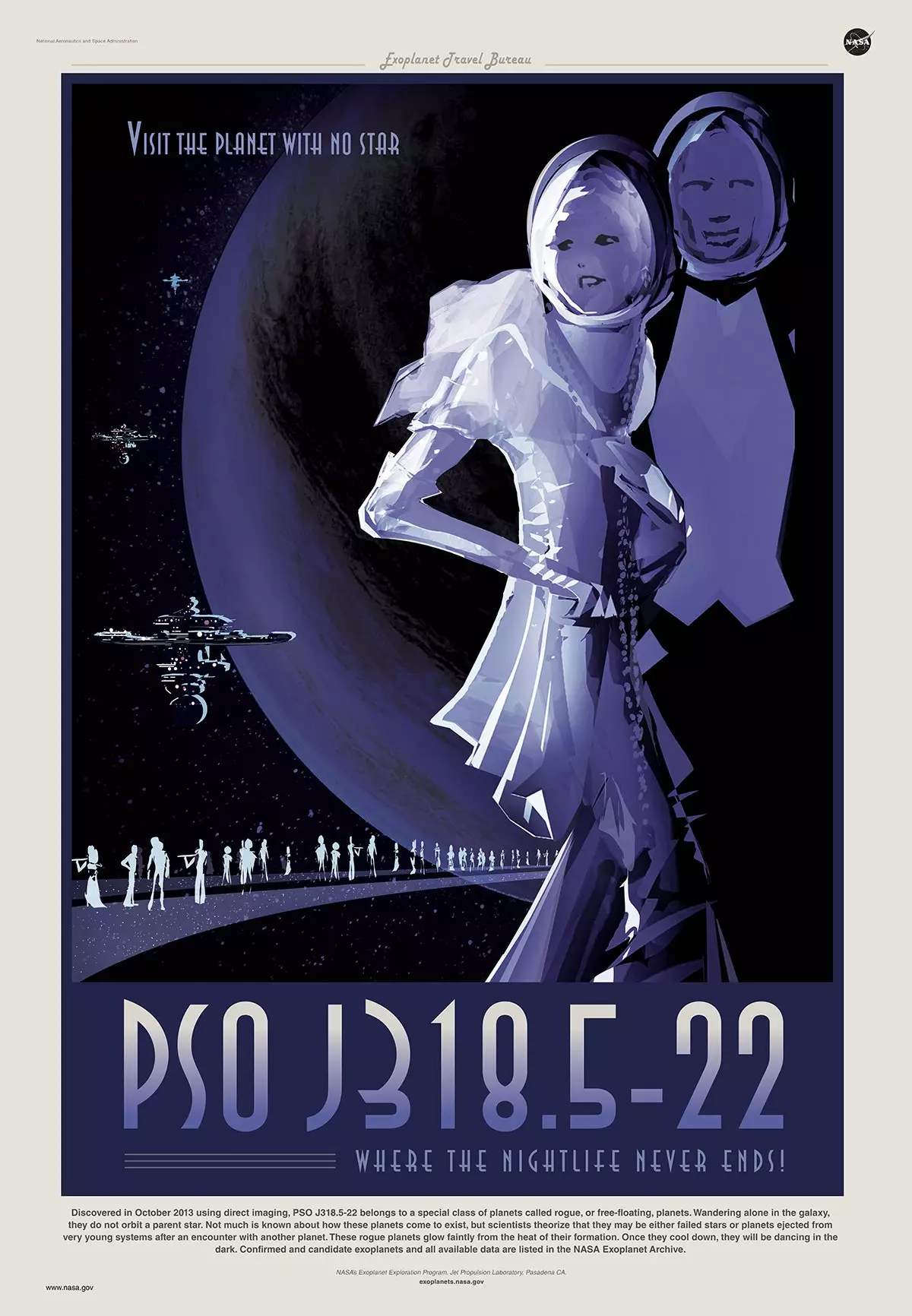
PSO J318.5-22, where the night never ends
